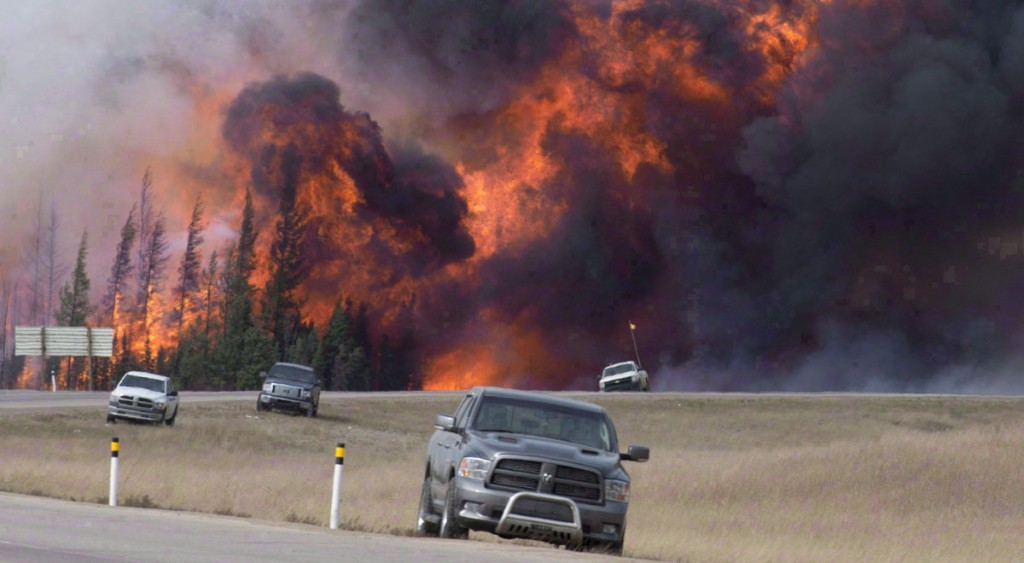The costs of the Fort McMurray fire
A year later, expect higher insurance premiums for one
Advertisement
A year later, expect higher insurance premiums for one

Share this article Share on Facebook Share on Twitter Share on Linkedin Share on Reddit Share on Email